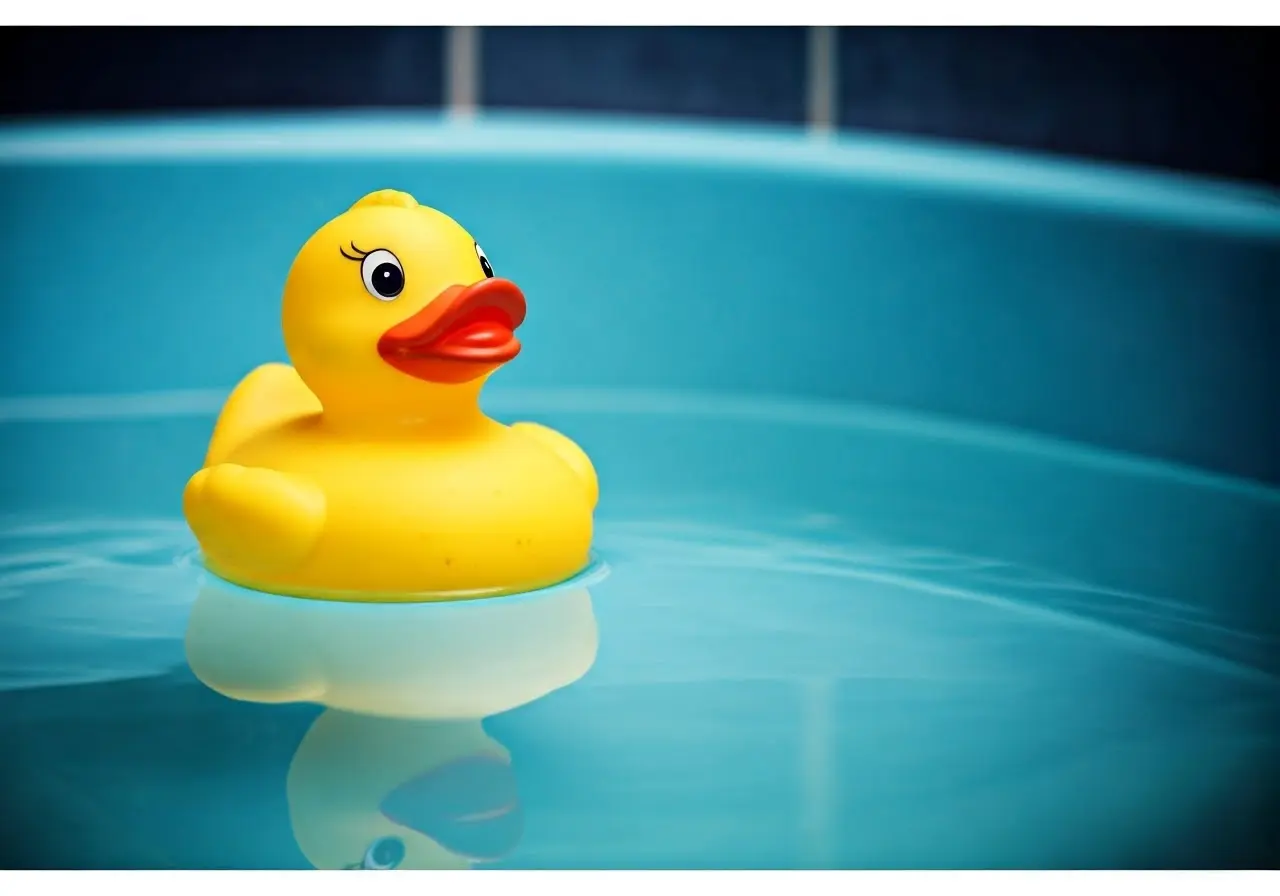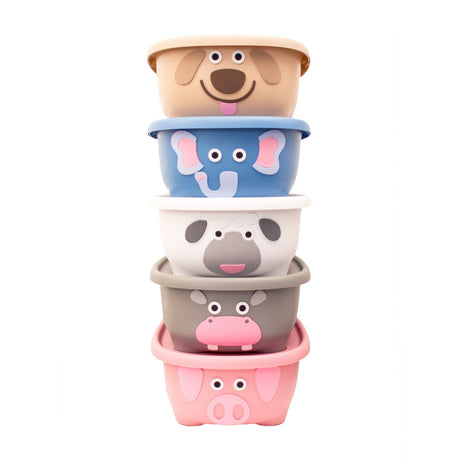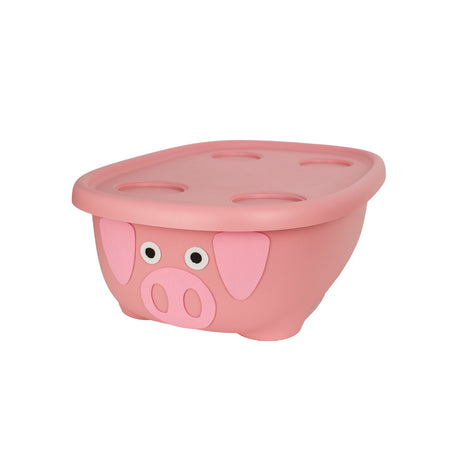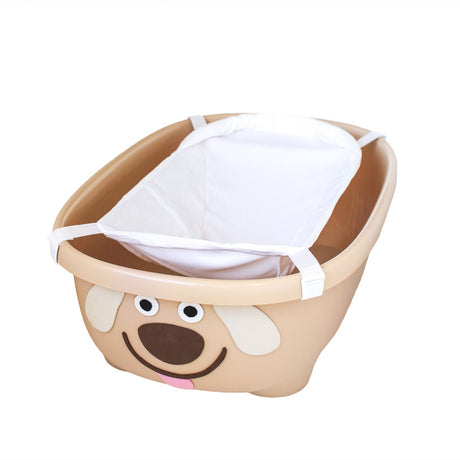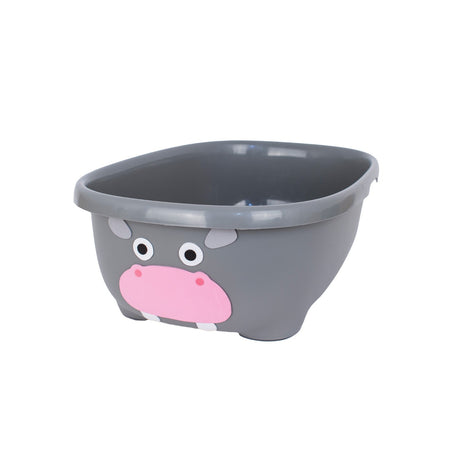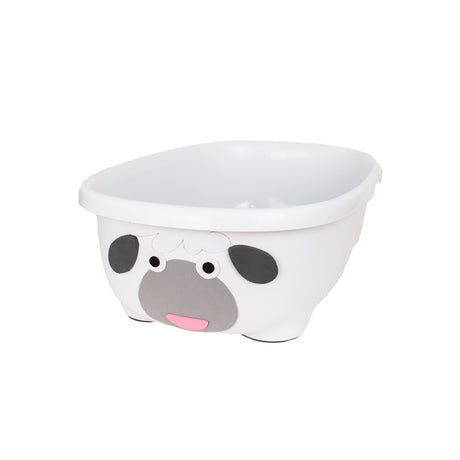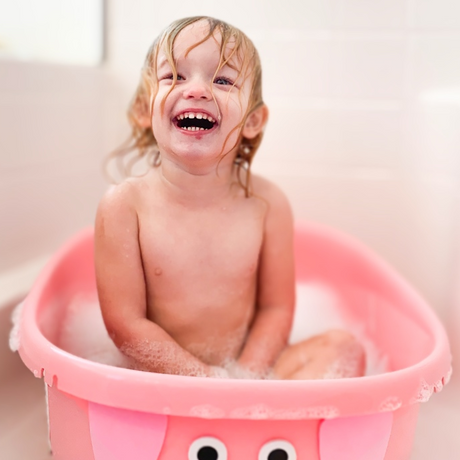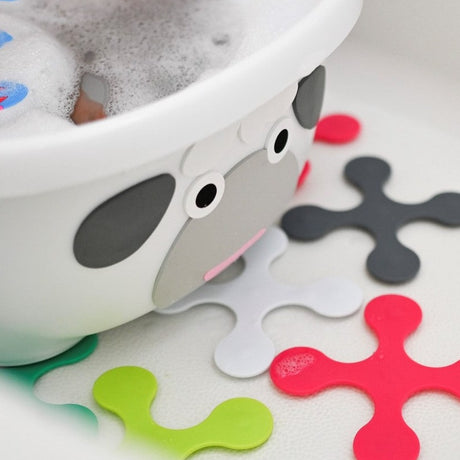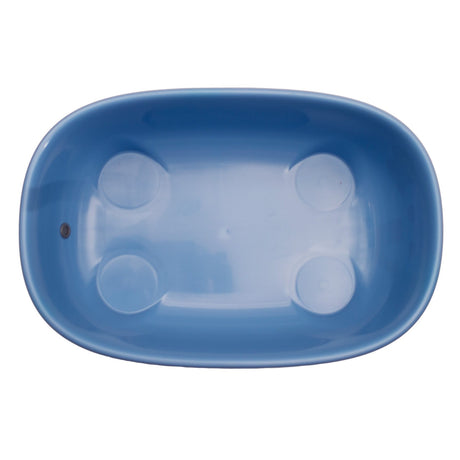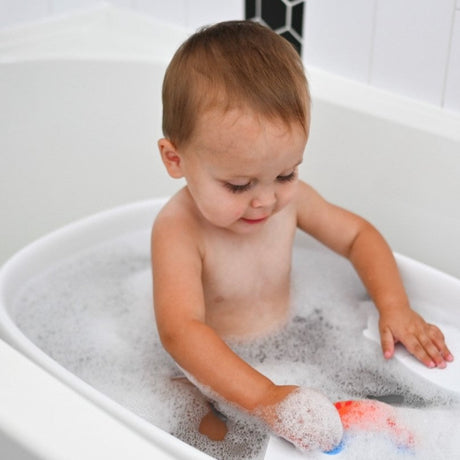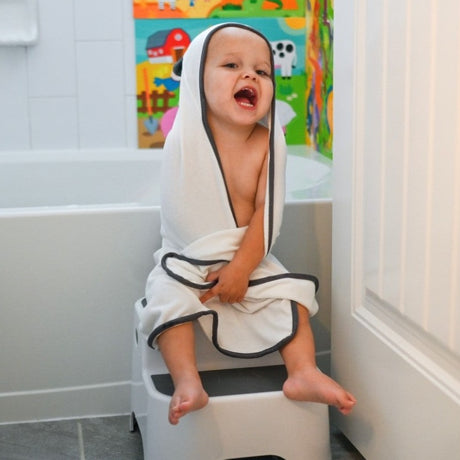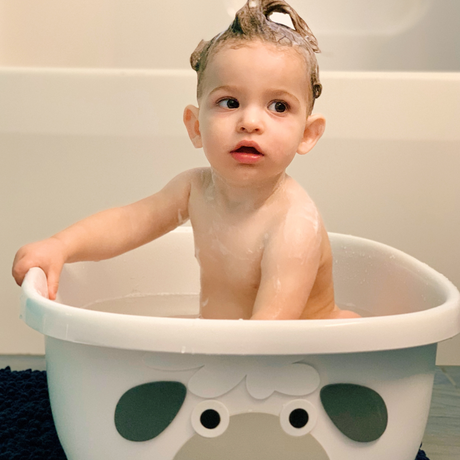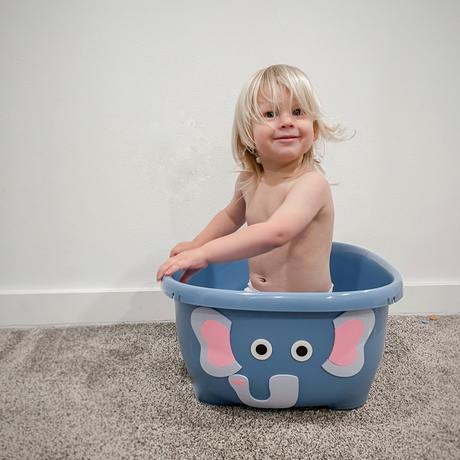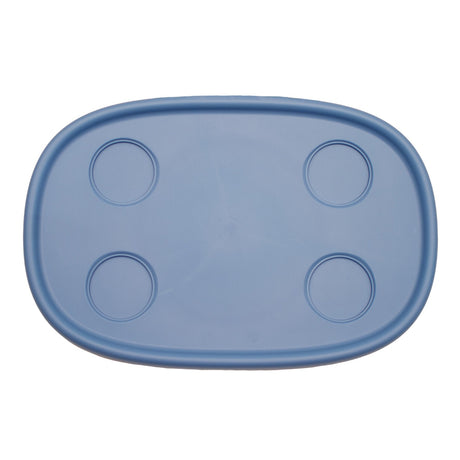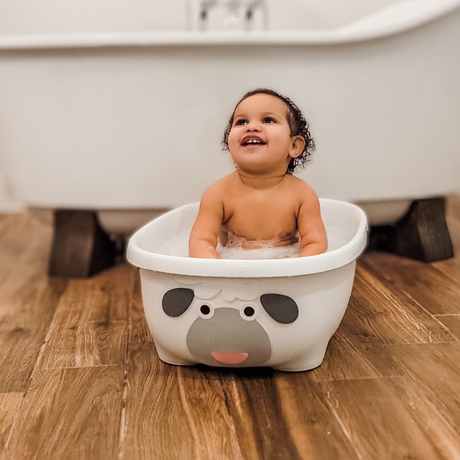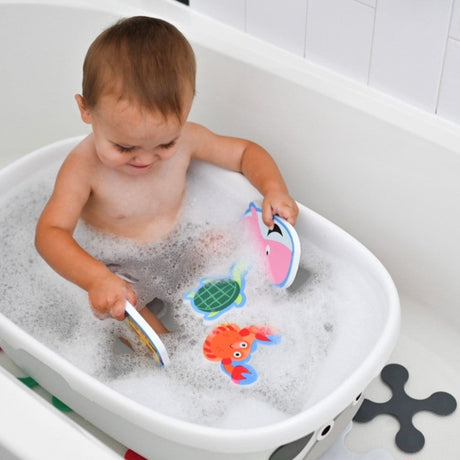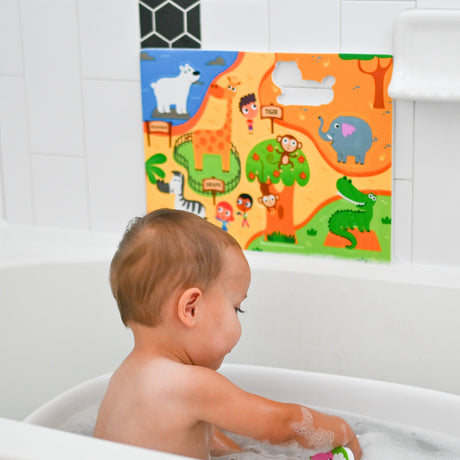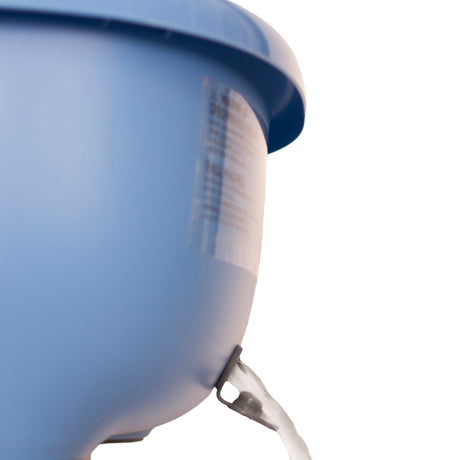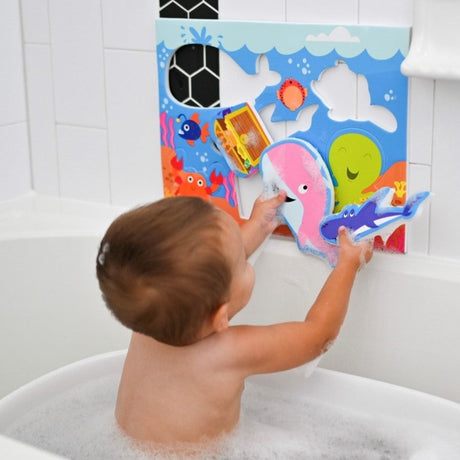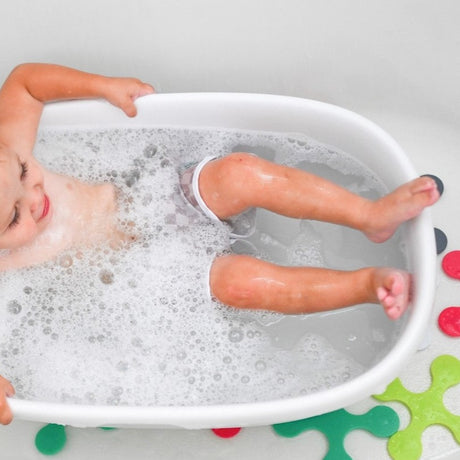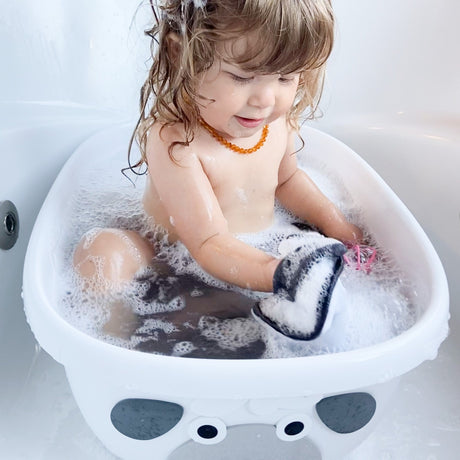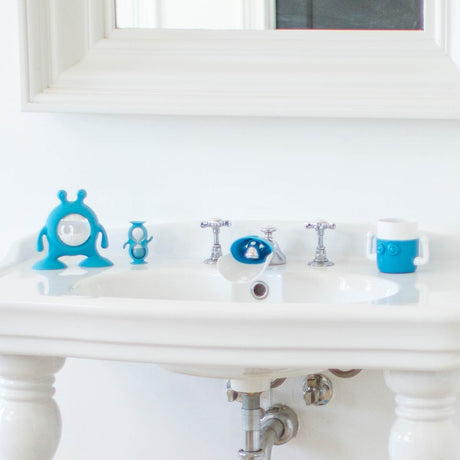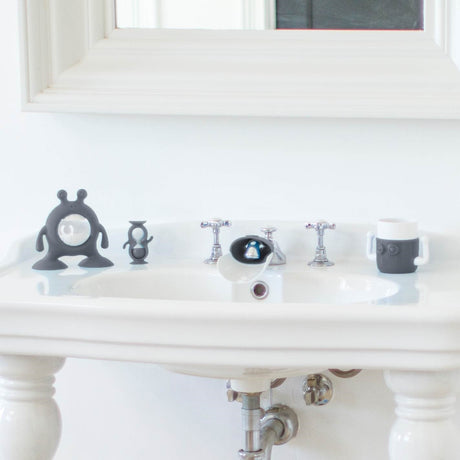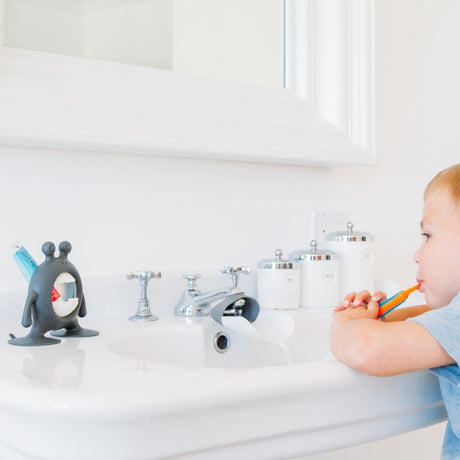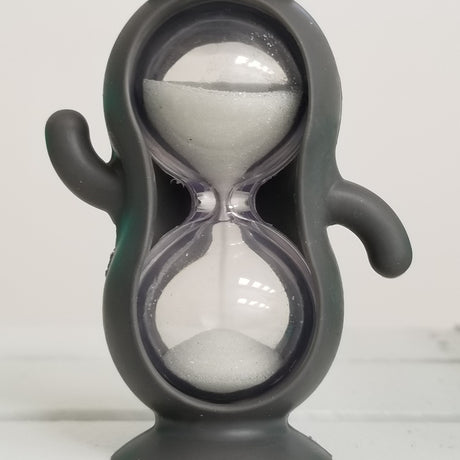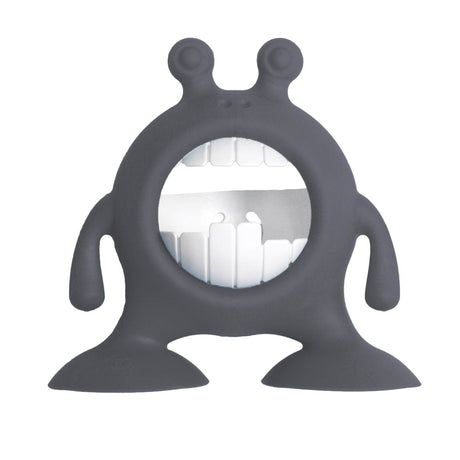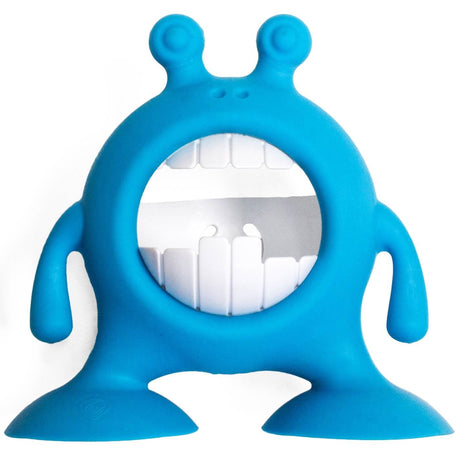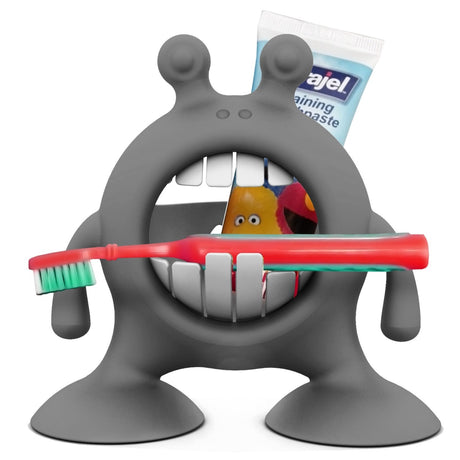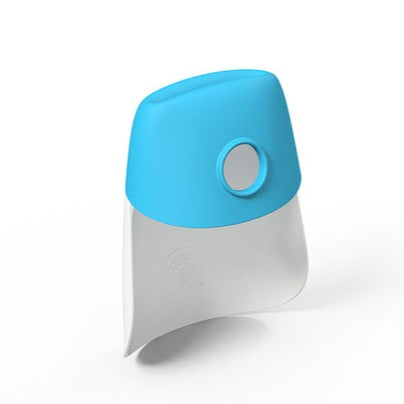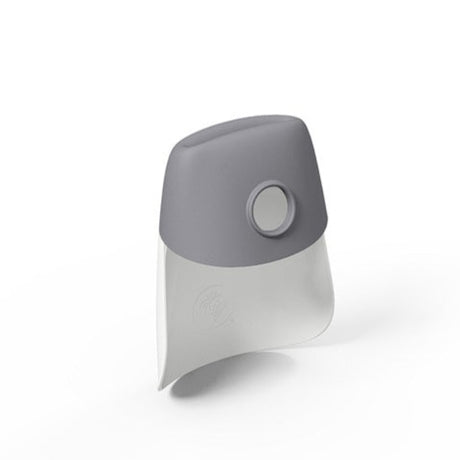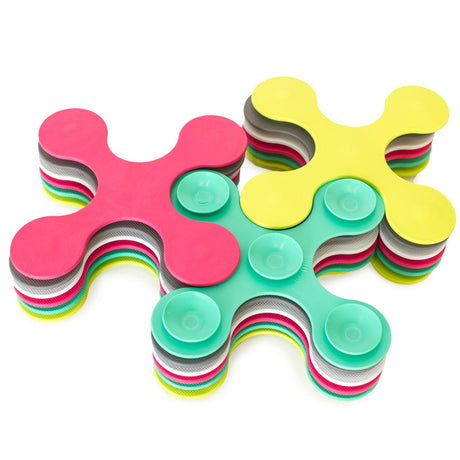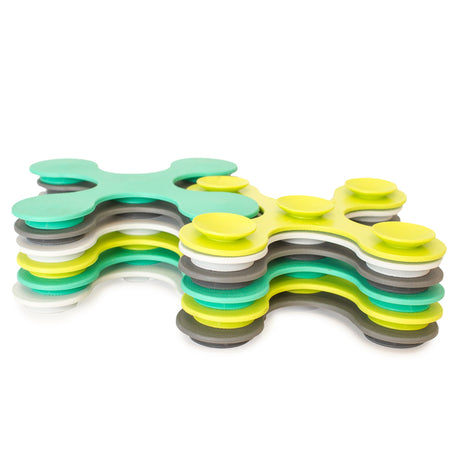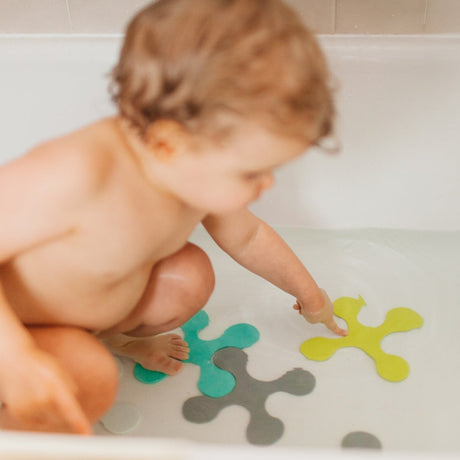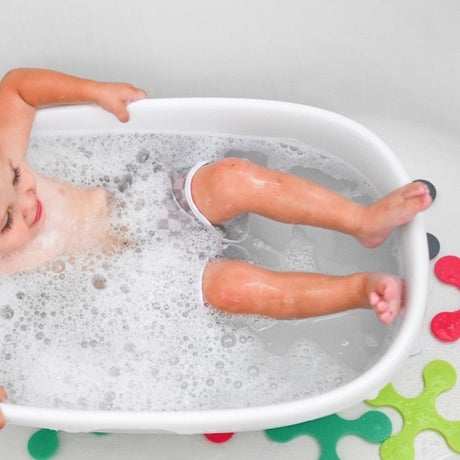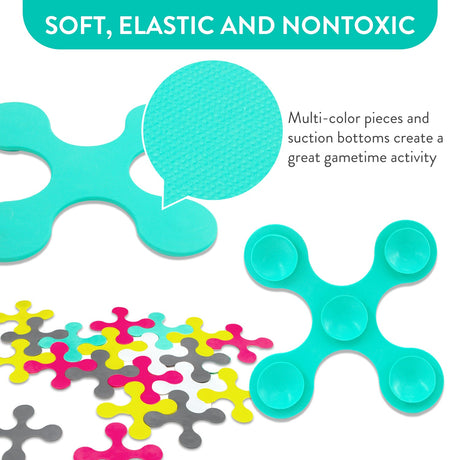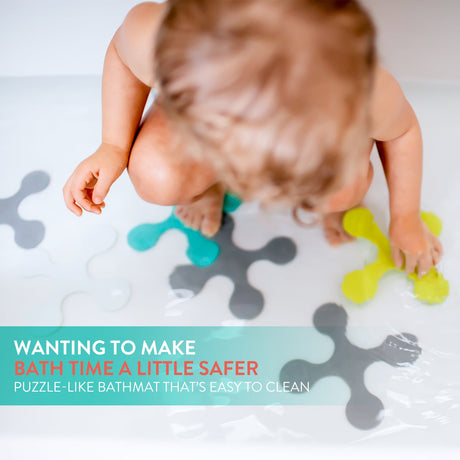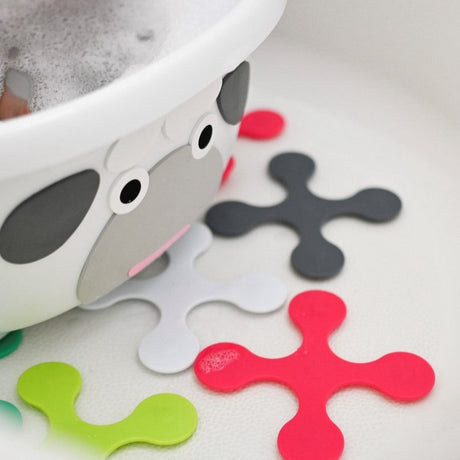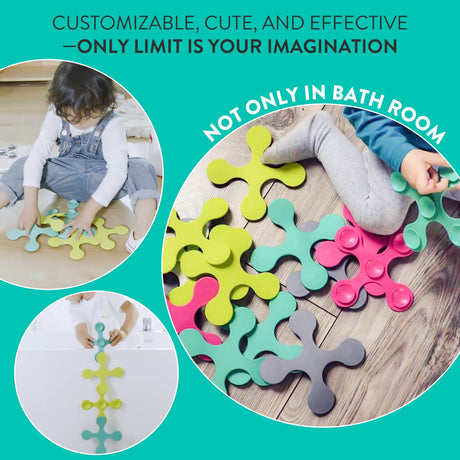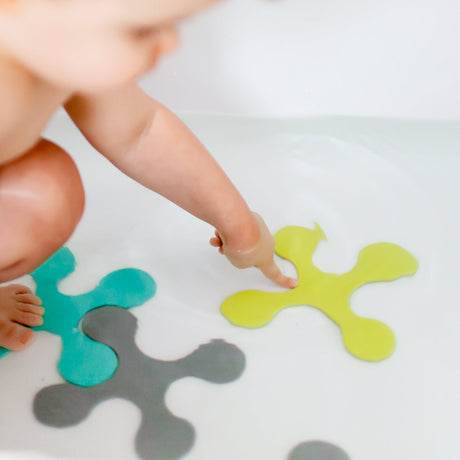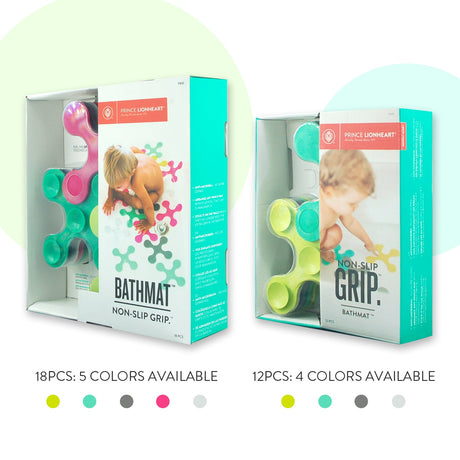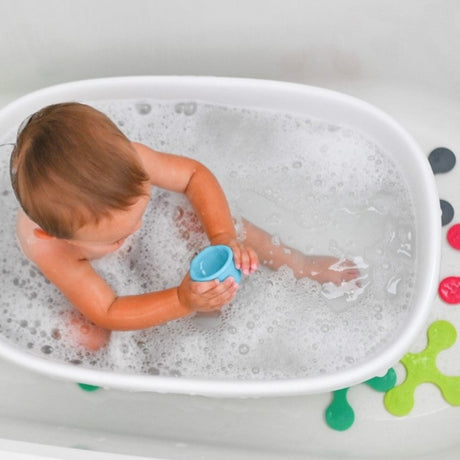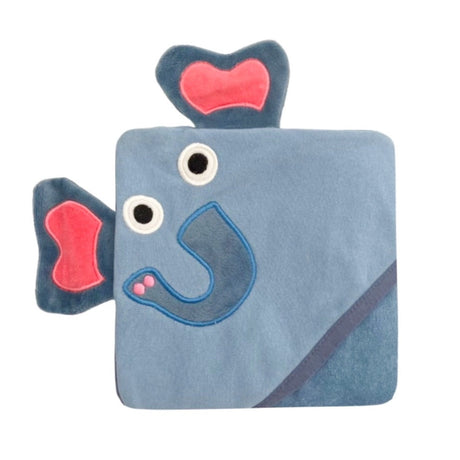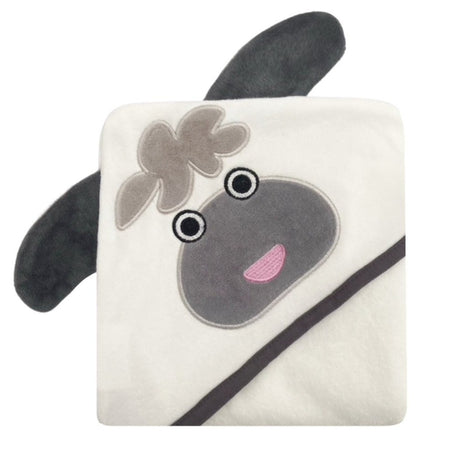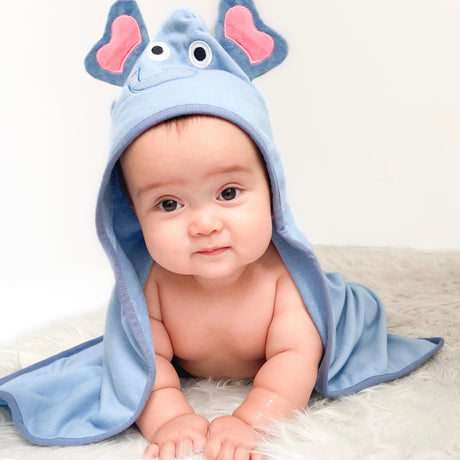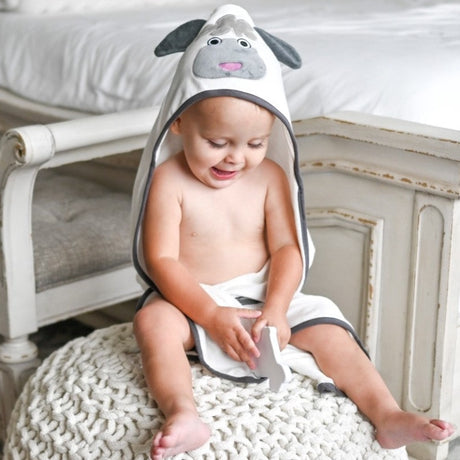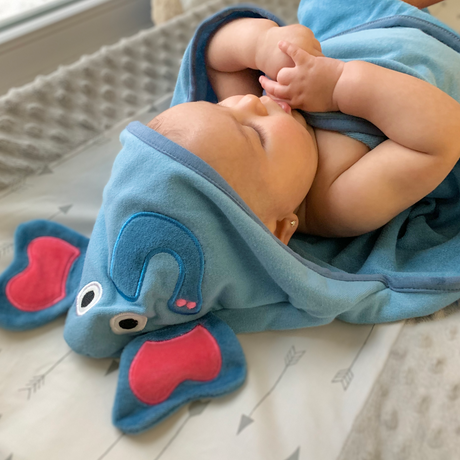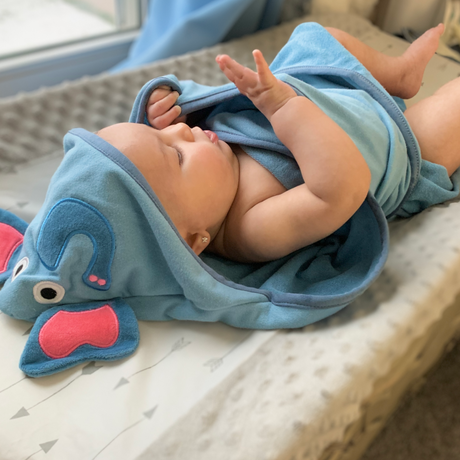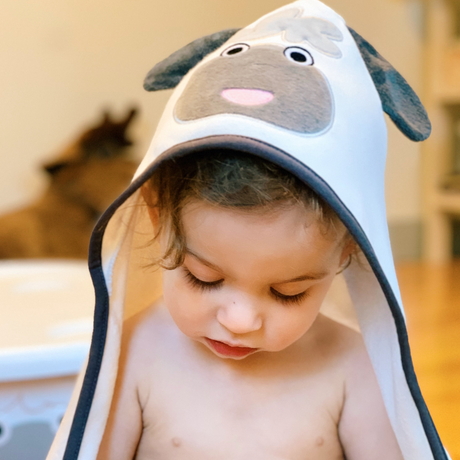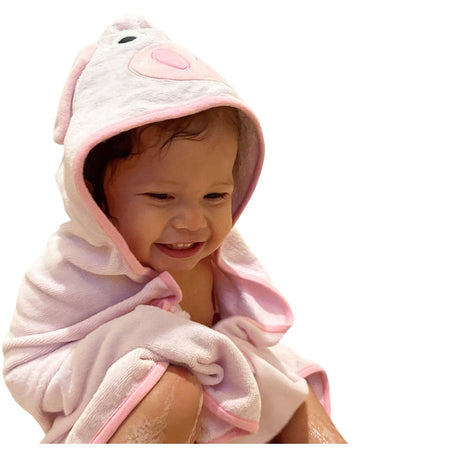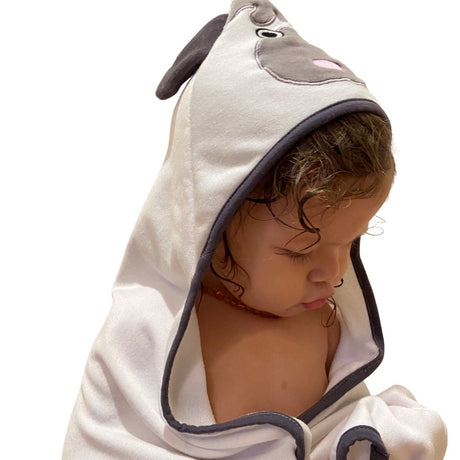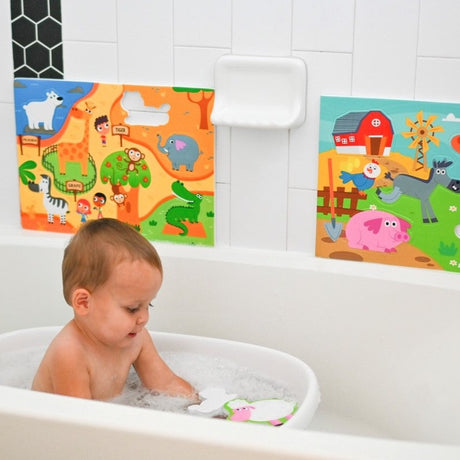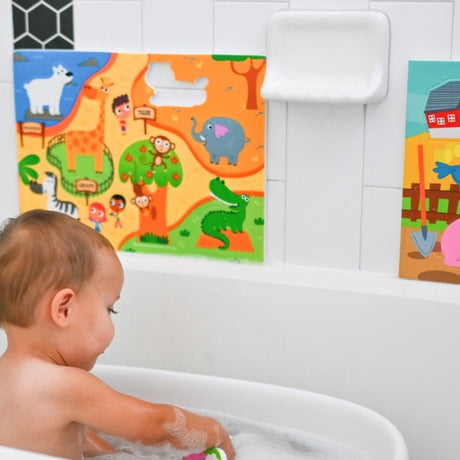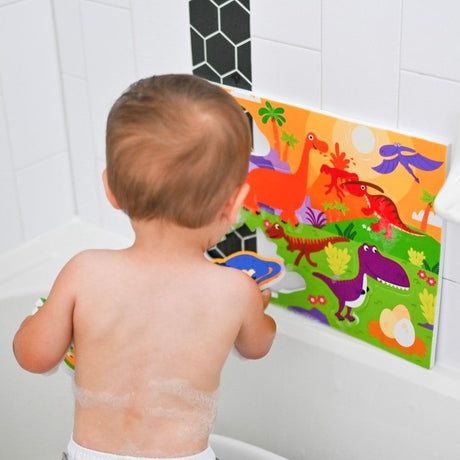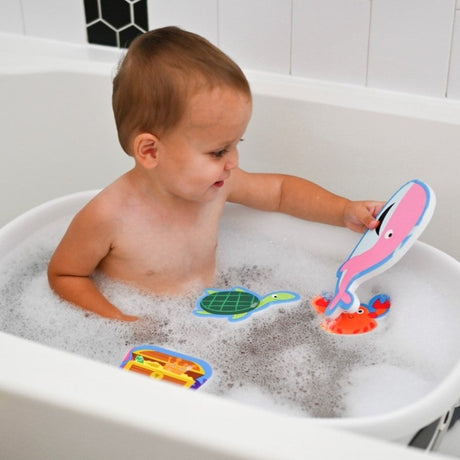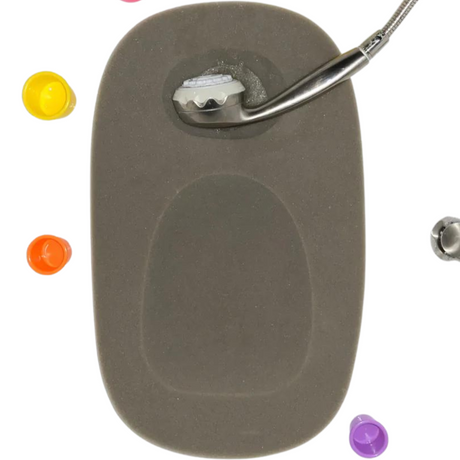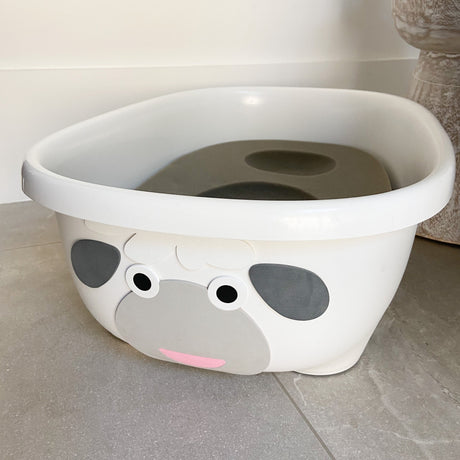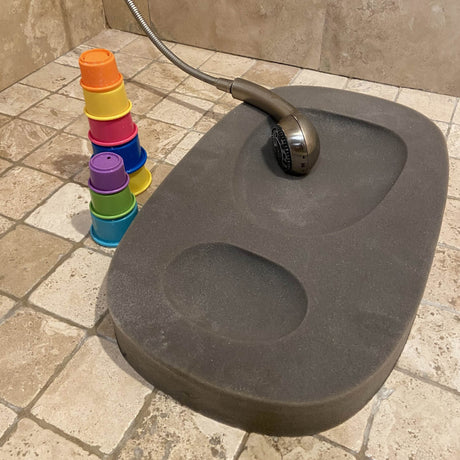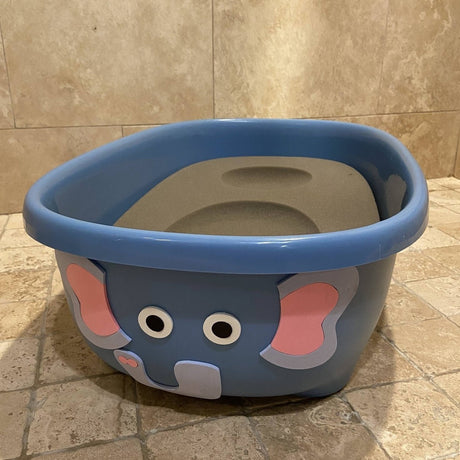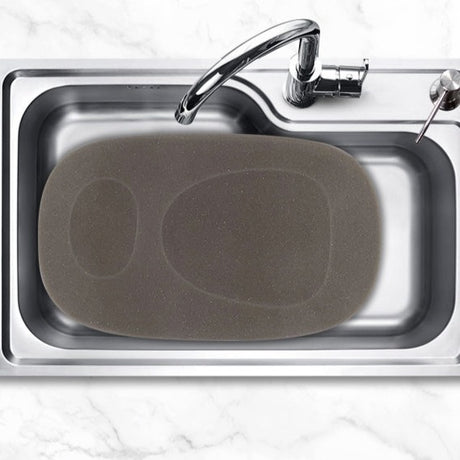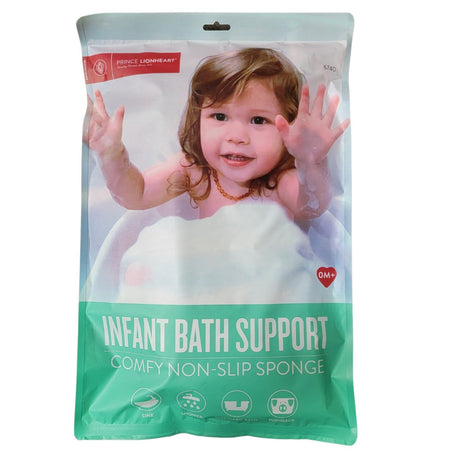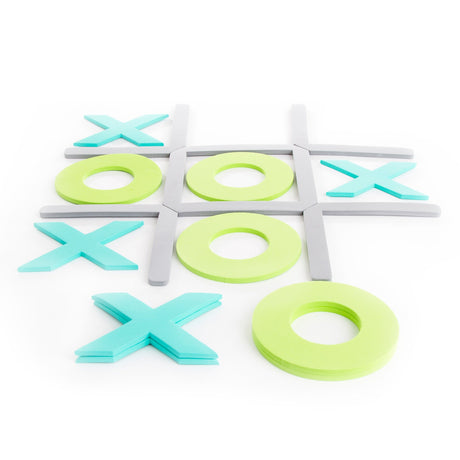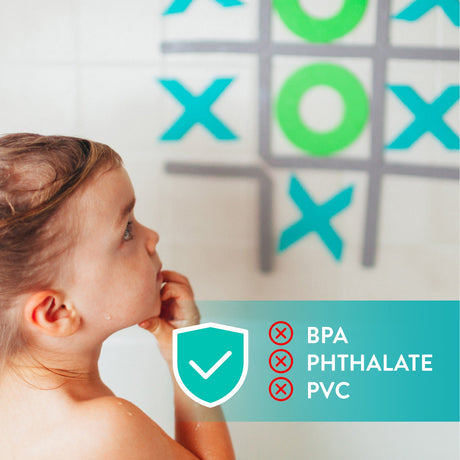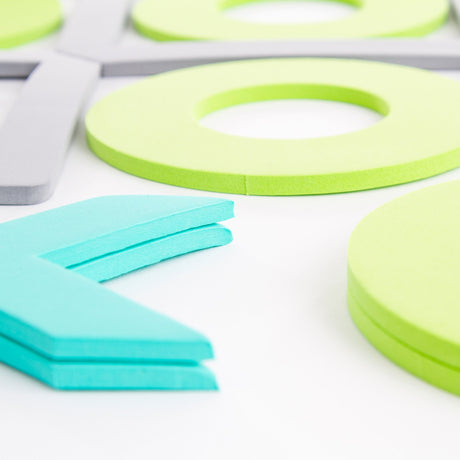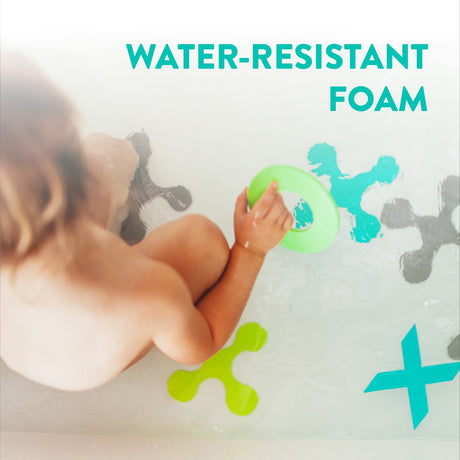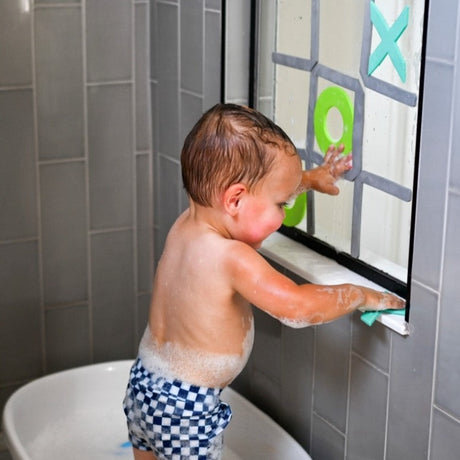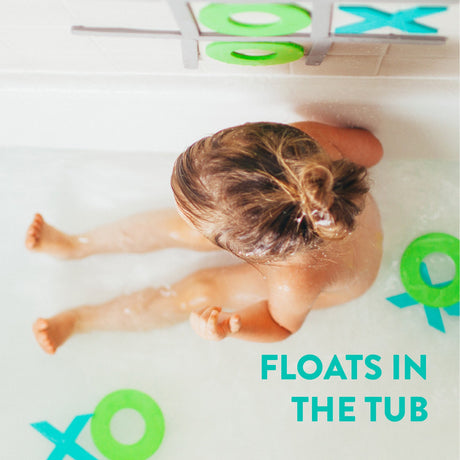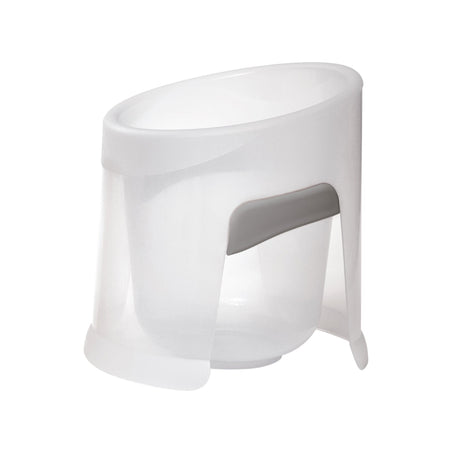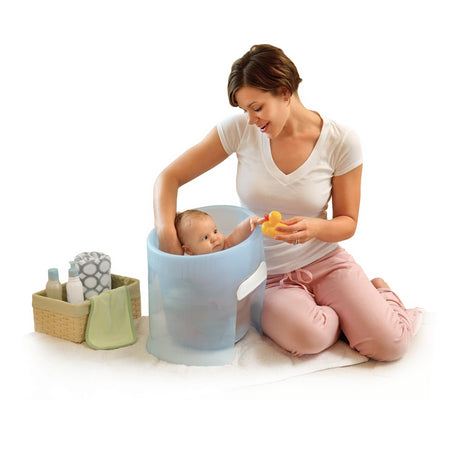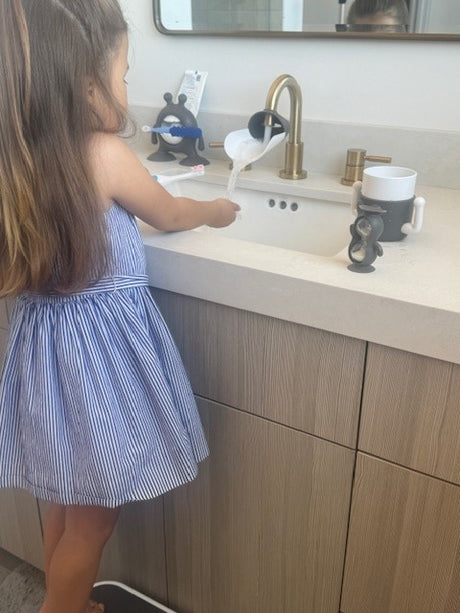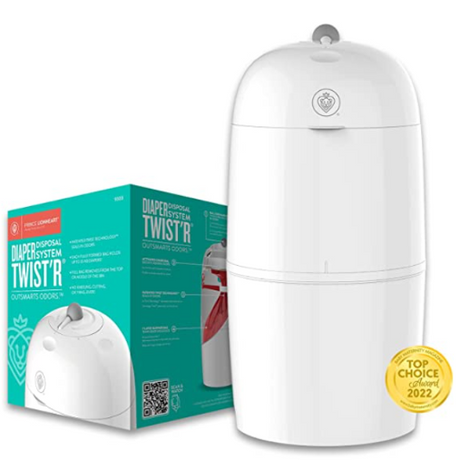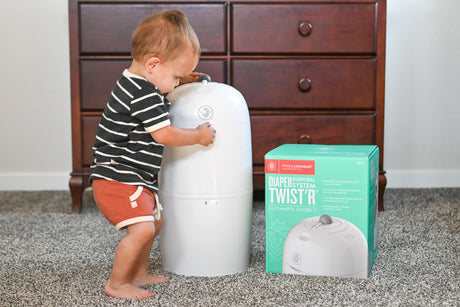Bath time with your baby can be a wonderful bonding experience, but it can also be a bit stressful if you don’t have the right strategies in place. Here are some tried-and-true tips to make bath time not only easier, but also more enjoyable for both you and your little one.
1. Create a Calming Atmosphere
Dim the lights, play some soothing music, and ensure the room is warm enough. This will help your baby feel more relaxed and ready for their bath. A calm and cozy environment sets the tone, changing the experience from chaotic to tranquil. The quieter and calmer your surroundings, the more likely your baby is to enjoy their bath time. So be sure to eliminate any unnecessary stimulation to make the bath a serene experience.
Try to choose a time of the day when your baby is well-rested and not hungry. Many parents find bath time to be the perfect wind-down activity before bedtime. The warm water and gentle motions can soothe your little one, making it easier for them to sleep peacefully source.
2. Gather All the Essentials Beforehand
Make sure you have everything you need within reach before you start. This includes towels, soap, shampoo, toys, and a clean diaper for afterwards. Being prepared will prevent unnecessary trips away from your baby, keeping them safer and calmer. It’s beneficial to have a checklist to ensure you don’t forget any important items source.
Having all the essentials at hand allows you to focus entirely on your baby, turning bath time into a bonding session rather than a rush to get everything ready. If you’re using a bath seat or sink insert, make sure it is securely positioned in advance to avoid any last-minute adjustments.
3. Test the Water Temperature
The water should be warm but not hot. Use your elbow or a thermometer to ensure the temperature is just right for your baby’s delicate skin source. The ideal bath water temperature for babies is around 100°F (38°C). Overly hot water can irritate their skin while cold water can make them uncomfortable.
To avoid any surprises, always test the water before placing your baby in the tub. You might find it safest to fill the tub with water before bringing your baby into the bathroom. This way, you ensure the water temperature remains consistent without exposing your baby to sudden temperature changes.
4. Keep Bath Time Short and Sweet
Babies don’t need long baths. A quick, 5-10 minute bath is usually enough to get them clean without causing them to become too cold or fussy. Keeping baths short also helps to establish a routine that your baby will quickly become familiar with, leading to fewer tears and more smiles source.
Remember, it’s not about how long they are in the water but how effective and enjoyable the experience is. Use this time to connect with your baby, gently washing and playing with them. By keeping bath time brief and efficient, you create a positive association with the activity.
5. Use Gentle, Baby-Friendly Products
Opt for soaps and shampoos that are specifically designed for babies. These products are less likely to irritate your baby’s skin or eyes. Look for formulas that are free from harsh chemicals like parabens and sulfates. Products labeled as hypoallergenic and fragrance-free are usually a safe bet.
Natural, plant-based ingredients are often gentler on your baby’s skin and reduce the risk of allergic reactions. Many parents choose products with chamomile or lavender, known for their soothing properties. Always perform a patch test when trying out a new product to ensure it doesn’t irritate your little one’s skin source.
6. Incorporate Fun Toys
Bath toys can make the entire experience more enjoyable for your baby. Floating toys, cups, and rubber ducks are great options to keep them entertained. Choosing toys that are easy to clean and dry is essential to avoid mold and mildew build-up.
Some parents find that introducing toys gradually keeps the novelty alive. Start with a few basic toys and switch them out periodically to maintain your baby’s interest. Interactive toys that squirt water or light up can also turn bath time into a mini-adventure for your baby.
7. Support Your Baby Comfortably
Always keep one hand on your baby and use a bath seat or a sink insert to help support them. This keeps them safe and helps them feel secure in the water. Bath seats provide additional stability, allowing you to wash your baby more easily without worrying about them slipping or sliding.
Additionally, ensure that the bath seat or insert is appropriate for your baby’s age and weight. This support system can make bath time less stressful for both you and your baby, encouraging more relaxed and enjoyable sessions source.
8. Talk and Sing
Engage with your baby by talking or singing to them during bath time. The sound of your voice will soothe them and make the experience more pleasant. Singing familiar lullabies or chatting softly can make bath time feel more like a cozy, intimate activity rather than a chore.
Describing what you are doing in a playful tone can also be educational. Simple statements like ‘Now we wash your little toes’ or ‘Look at the bubbles’ can help your baby associate words with actions, fostering their language development.
9. Dry and Dress Quickly
As soon as bath time is over, wrap your baby in a warm towel and gently pat them dry. Dress them promptly to keep them warm and comfortable. Babies can lose heat rapidly after a bath, so having a cozy towel and clothes ready helps keep them snug and prevents them from getting cold.
If your baby has sensitive skin, consider using a soft, cotton towel to avoid irritation. After patting them dry, applying a mild, baby-friendly lotion can help lock in moisture and keep their skin soft. This post-bath routine adds an additional layer of comfort and can become a cherished part of your bonding time.
10. Establish a Routine
Having a consistent bath time routine helps your baby know what to expect and can make the entire process smoother. Try to have baths at the same time each evening to create a sense of predictability. Over time, this consistency will make bath time a much-anticipated part of your baby’s day source.
A regular routine can also be beneficial for you, reducing the guesswork and making it easier to fit bath time into your daily schedule. Whether it’s after dinner or before bedtime, choose a time that works best for your family and stick with it. This will reinforce a sense of security and stability for your baby, making each bath a joy rather than a hassle.
